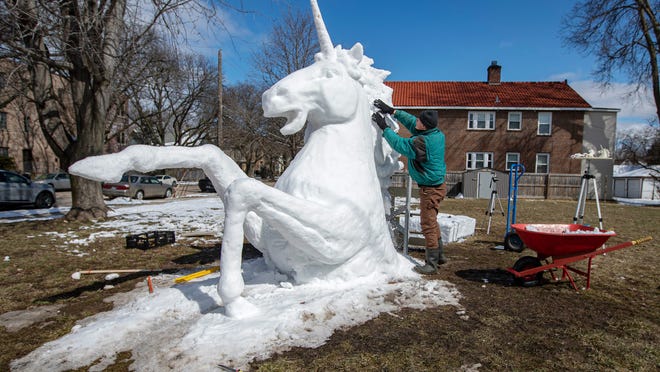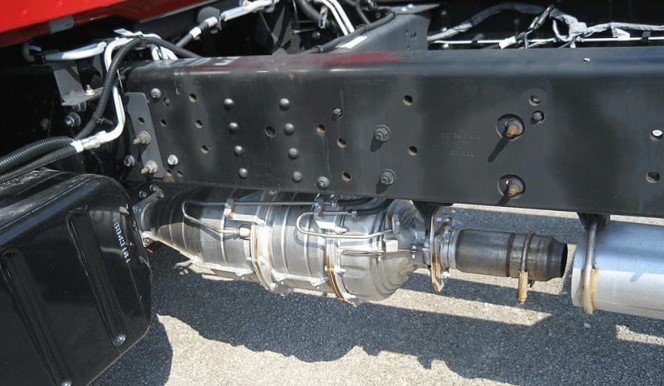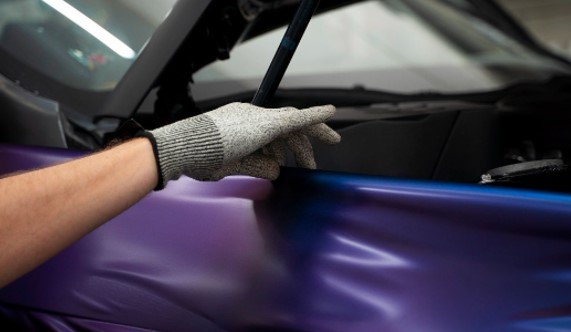IIHS names Honda, Jeep, more
Multiple midsize SUVs have rated poorly for rear-seat safety in a new crash test by the Insurance Institute for Highway Safety.
IIHS, a nonprofit that focuses on improving motor vehicle safety through research and car evaluations, tested 13 midsize SUVs for front crash protection, according to a news release published Tuesday.
While all of the vehicles earned high ratings for driver protection in front crashes, the majority of cars tested scored poorly for the safety of passengers seated in the back, IIHS said.
“All these vehicles provide excellent protection for the driver,” IIHS President David Harkey said in a statement, “but only a handful extend that level of safety to the back seat.”
SUVs testing poorly for back seat safety
Due largely to inadequate rear-seat safety, IIHS gave an overall “poor” rating to six of the 13 SUVs tested:
- Honda Pilot
- Hyundai Palisade
- Jeep Grand Cherokee
- Jeep Wrangler 4-door
- Mazda CX-9
- Nissan Murano
Three others – the Chevrolet Traverse, Toyota Highlander and Volkswagen Atlas – scored “marginal” ratings.
And the remaining four – the Ford Explorer, Ford Mustang Mach-E, Subaru Ascent and Tesla Model Y – earned “good” ratings.
Car recall roundup:Kia, Hyundai, Nissan and Toyota among 347,000 cars under recall
Honda recalls 448,000 cars over faulty seatbelts:Accord, CR-V, Odyssey and more models included
New test tries to bridge gap between back row, front row safety
IIHS launched its updated front crash test last year. The new test continues to use a driver dummy, but adds another dummy – which represents a small woman or 12-year-old child – in the second row behind the driver, IIHS says.
Last year’s test update was implemented in response to research that underlined lagging protections for back seat passengers, the nonprofit said.
“In vehicles from model year 2007 onward, the risk of a fatal injury is 46 percent higher for belted occupants in the rear seat than in the front,” IIHS wrote in Tuesday’s release.
“This isn’t because the rear seat has become less safe, but because restraint technologies have only improved in the front seat.”

Car seat safety:Is your child wearing a puffy coat in the car seat? Experts say you’re doing it wrong.
IIHS researchers hope that the new test will quicken improvements of rear-seat safety protections.
“Zeroing in on weaknesses in rear seat safety is an opportunity to make big gains in a short time, since solutions that are already proven to work in the front can successfully be adapted for the rear,” IIHS Senior Research Engineer Marcy Edwards said in a statement.
“The four good ratings in this round of testing show that some automakers are already doing it.”
How do cars get good ratings?
In order for a vehicle to score a “good” rating on the test, “measurements recorded by sensors in the second-row dummy must not exceed limits indicating an excessive risk of injury to the head, neck, chest, abdomen or thigh,” IIHS said, noting that these metrics also continue to apply for the driver dummy.
Is Uber safe? Addressing safety concerns of passengers and drivers.
Injuries indicated in crash test
Among the six SUVs rated poorly, high or significant risk of head or neck injuries were indicated for rear passengers in the front crash test. Rear seat belt tension was also found to be high in several cars – which contributed high chest injury values in Jeep Grand Cherokee, IIHS said.
While IIHS found the four SUVs with “good” ratings “provide solid protection for rear passengers,” measurements still indicated slight injury risks for rear seat passengers. Some slight or more significant injury risks in the rear seat were also indicated in the cars with “marginal” ratings.

What’s everyone talking about? Sign up for our trending newsletter to get the latest news of the day.
And, although all 13 SUVs tested earned high ratings for driver protection, “not all of them were flawless” in the front seat, IIHS said. Crash test measurements in the Volkswagen Atlas, for example, indicated significant risk of leg injuries to the driver.








